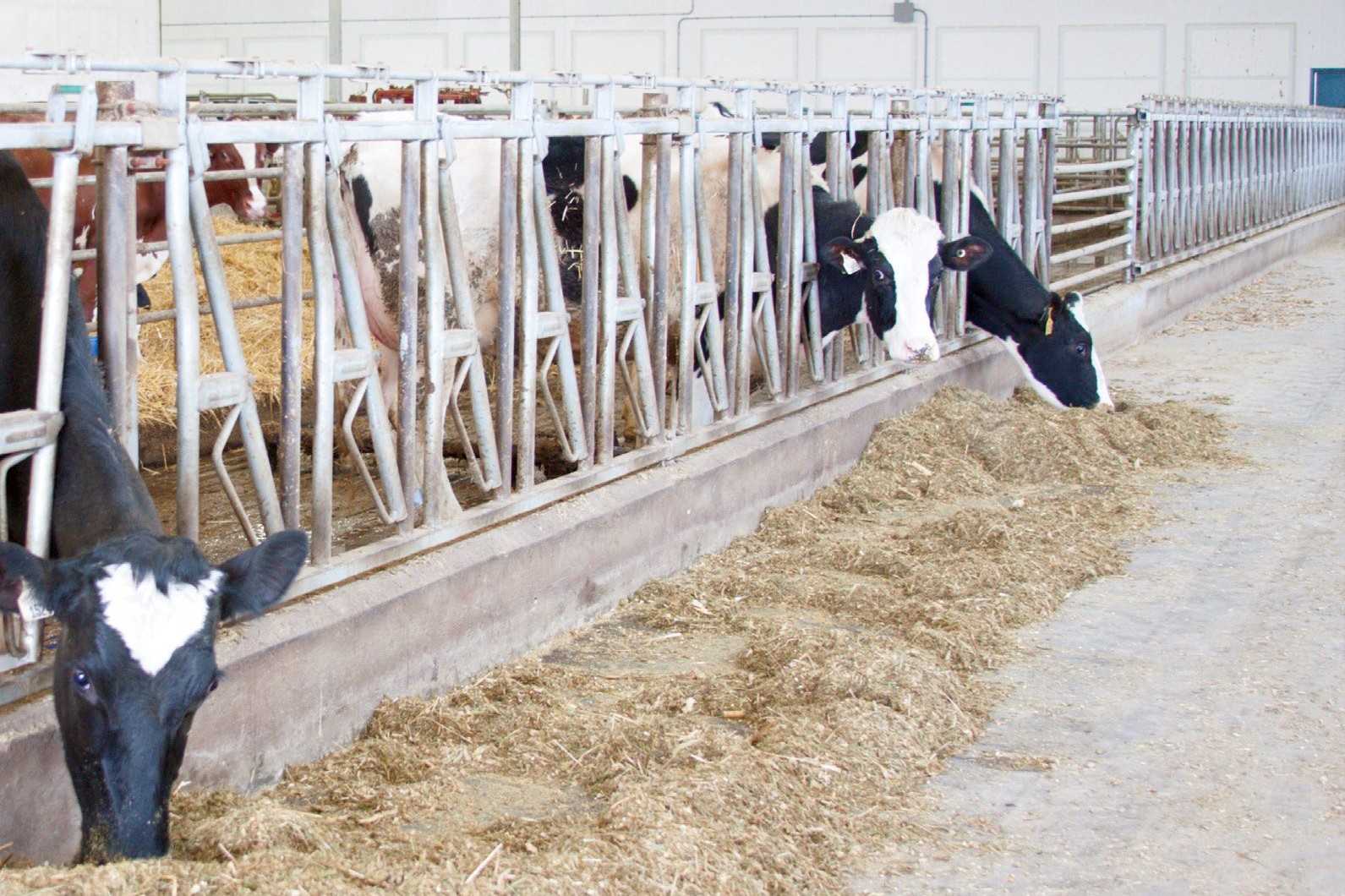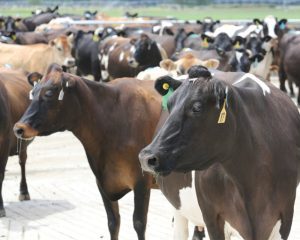Canada faces up to US subsidies
Canada’s government has brought in compensation payments to dairy farmers facing competition from subsidised imports from the United States. By Anne Cote.

Farm subsidies always make news and in May 2023 the United States Department of Agriculture (USDA) announced it would make US$104 million (NZ$170m) available to the organic dairy industry. This fund is meant to assist organic dairy producers manage their projected marketing costs in 2023.
The Farm Service Agency (FSA) predicted monetary assistance was vital to maintain the viability of organic milk producers as they’ve experienced a number of challenges including “significant and unique increases in their marketing costs” and “increases in feed and transportation costs” due to the scarcity of organic feed and forages.
Organic dairy producers aren’t the only recipients of government support. The Dairy Price Support Program is the US government programme that maintains a minimum farm price for milk used in the manufacture of dairy products.
The USDA, through its Farm Service Agency and Dairy Market Coverage Program (DMC) “offers protection to dairy producers when the difference between the all-milk price and the average feed price (the margin) falls below a certain dollar amount selected by the producer”. In 2021 nearly three-quarters of all US dairy operations were enrolled in DMC.
By contrast Canadian dairy producers do not receive subsidies from the Government as they benefit from their position as a supply-managed industry. They have fought long and hard to maintain their status against subsidised dairy products entering the country.
The government of Canada has been providing payments to dairy producers for the past four years as part of its commitment to compensate them for market access concessions it made to its trading partners: the Comprehensive Economic and Trade Agreement (CETA) and the Progressive Agreement for Trans-Pacific Partnership (CPTPP).
An owner of an 80-cow dairy farm will receive compensation in the form of a direct payment of about C$38,000 (NZ$46,500) in each of the four years.
The Canadian government is committed to work with supply-managed agricultural sectors, including dairy, to determine the “full and fair compensation for the impacts of the Canada-United States-Mexico Agreement (CUSMA)”.
CROSS-BORDER DISPUTES
In February 2023 US Trade Representative Katherine Tai announced her country had created a second dispute settlement panel charged with strengthening the management of Canada’s Tariff Rate Quota (TRQ) policy as it applies to US dairy imports into Canada.
The Canadian policy was set out in the original (CUSMA) in July 2020. By December 2021 the first dispute panel had reviewed concerns put forward by the US about the fairness of the Canadian policy regarding TRQ.
The panel provided revisions to the wording of the Canadian policy which defined who can apply for TRQs by adding “processors of dairy products”. Previously only “distributors of dairy products” were listed as eligible applicants.
This first dispute panel also added a new clause to all of the broad dairy classifications defining “market share basis” as “using one market share calculation for all applicants”.
These minor revisions were meant to expand and enhance the eligibility of US dairy producers and exporters to apply for TRQs.
Following the recommendations of the first dispute panel Canada reported it had revised its TRQ allocation measures to meet the requested changes and calm US objections. But Tai says the problem is not fixed even though Canada did undertake changes to its management of TRQ allocations.
The sticking point is the percentage of the Canadian market available to US producers, processors and distributors versus Canadian producers, processors and distributors. The US claims the market share calculation tool Canada is now using following the panel’s request to strengthen the management of Canadian TRQ policy only tips the scales in Canada’s favour.
US Agriculture Secretary Tom Vilsack stated in January 2023, “[Canada] continues to fall short of the USMCA (CUSMA) obligations by denying US dairy producers and exporters fair access to the Canadian market.”
FEEDING CULL COWS PROVES PROFITABLE
When Nicole Berdusco took the stage at the Western Canadian Dairy Symposium in Alberta, Canada, to present her findings on managing cull cows prior to shipping her enthusiasm was hard to miss.
Berdusco and her colleagues from the University of Guelph in Ontario set out to find a way to increase the profitability of cull cows and their plan worked.
The group chose 37 cull cows at random and separated them into two groups. A group of 19 was sent directly to slaughter while the remaining 18 were kept back to be fed for 60 days prior to being transported to slaughter.
The fed cows were weighed at the start of the experiment and their body condition score (BCS) and udder condition were recorded. They were weighed and assessed again one day before slaughter.
The cows in the fed group gained an average of 135.6 kilograms over the 60 days and their BCS had improved from 2.4 to 3.5. Forty four percent had visibly involuted udders while the group sent directly to slaughter had no measurable involution. (In Canada cows with engorged udders must be treated before transport.)There were no noticeable differences in lameness or hock lesions between the two groups.
Although not every dairy has the room to accommodate its cull cows, keeping them for an extra 60 days, as Berdusco suggests, can be profitable.
First, the fed cows gain more marbling and tenderness becoming far more palatable than a cow that goes straight to slaughter. This increases their value per kilogram. In addition, over the course of the 60 days they’ve gained 135kg which also increases their final sale price.
Burdesco estimates the practice of feeding 30 cull cows prior to transport could provide a producer with up to an additional C$13,250 of income per year, depending on the cost for the additional feed.






